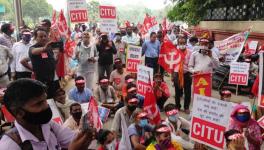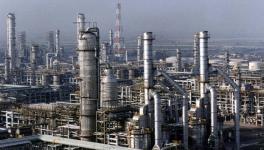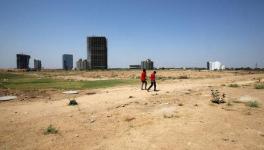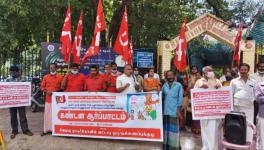It’s Here! The Biggest Sale in India’s History…
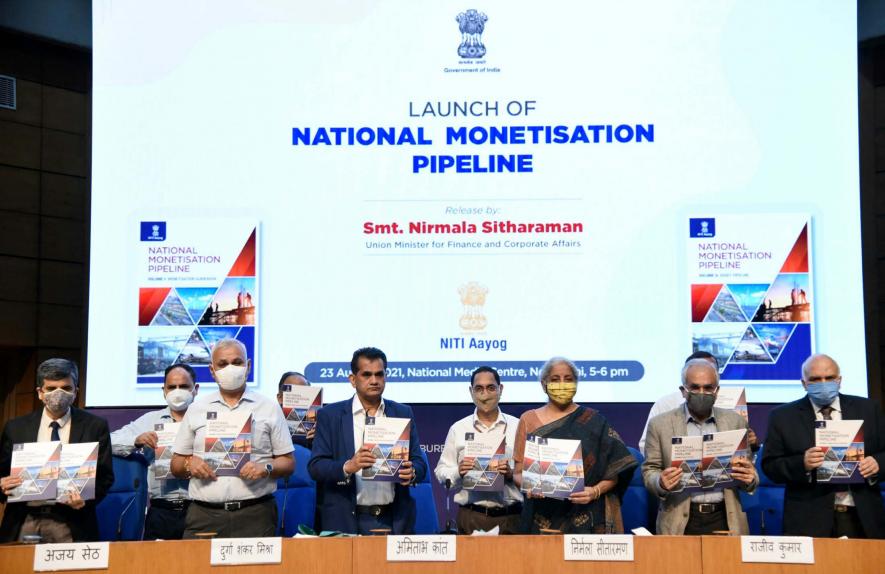
On August 23, Finance Minister Nirmala Sitharaman presented the audacious details of the National Monetisation Pipeline (NMP) to the country. Note the wording – it’s a ‘pipeline’, which will presumably deliver something somewhere.
The announcement was received with delirious applause by the big business of the country, and of the West. It was made clear by the finance minister that while the idea was inspired by the “vision of our Hon’ble Prime Minister”, extensive consultations were held with all ministries, and huge thought had gone into it. There was a Task Force, which gave a report back in 2019, then there was the guiding vision laid out in Budget 2021-22, presented earlier this year. So, the whole thing had ‘impeccable’ credentials.
For most people in the country, however, NMP is a nebulous plan though its scale sure appears to be impressively big. Let us first take a quick look at what NMP all about.
Leasing Out Existing Infrastructure
India has enormous physical infrastructure of all kinds, the scaffolding on which the economy runs. This includes – roads and bridges, railway system, power generation and transmission system, telecom network, gas pipelines, airports, ports, mines, warehouses, urban real estate, sports stadiums, and so on. Most of these have been built over the past 75 years, using government money, that is, money collected by the government from the people through taxes. So, actually this is all people’s property, being used to serve the people.
What the Narendra Modi government is doing is to lease all these out to corporate houses for some payment. The phase currently announced is for the next four years, 2022-25. As the NMP related documents stress, these are all well-established, fully functional structures (‘brownfield’) and with practically no risk of loss for those who lease them.
The government, like a true salesperson, has given estimated values for infrastructure being leased out. This adds up to Rs.6 lakh crore, which sounds like an impressively big amount, but there are wheels within wheels, as we shall see.
The graphic below has been circulated by the government, neatly summarising the items on ‘Grand Sale’ with their estimated values:
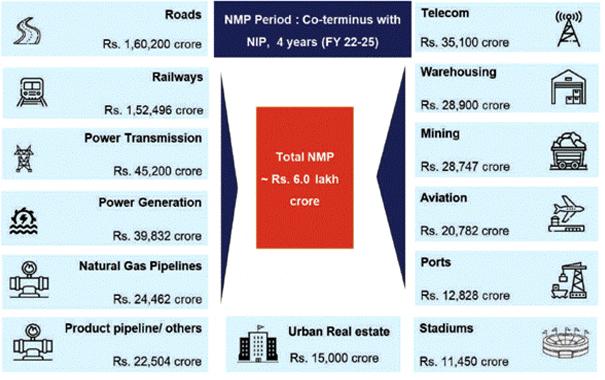
All the above assets are in what are called ‘core’ sectors. Besides these, there are some ‘non-core’ sectors, too, probably slated to be put on sale in the years to come.
At present, two are named – land and buildings. This may sound innocuous, but imagine the amount of land and the number of buildings the government owns. It is mind boggling.
The government estimates that only about 14% of its assets in the ‘core’ sectors are being put in the ‘pipeline’. In the fullness of time, more will go.
What’s the Logic?
The government has argued that the money that will be raked in by leasing out these infrastructure goodies to private players will be used to create new infrastructure. It presents examples from countries, such as Australia etc., where specific kinds of infrastructures have been similarly leased out.
What the Modi government does not reveal is the other side of the story – what will the private parties that lease the infrastructure do with it, how will they manage it? It goes without saying that private players are not charitable institutions, out to do some good free of cost. They will lease lucrative infrastructure and try to rake in profits from it. So, how does that work?
The idea, understated throughout in government promotional material, is that they will earn from the people who use the services. Let us take the Railways as an example, as narrated by the NITI Aayog documents.
A total of Rs.1,52,496 crore is the estimated value that will be charged for leasing out:
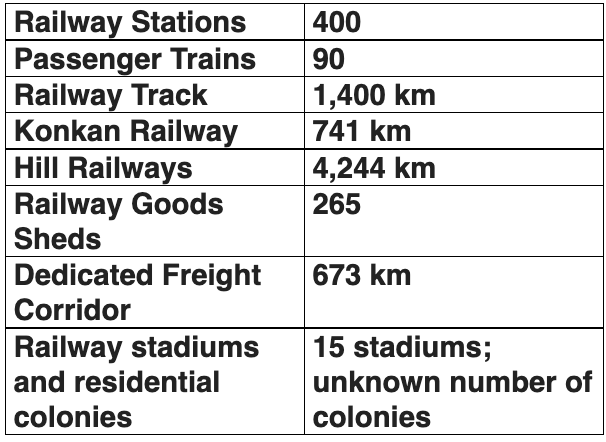
The most lucrative stations and trains are up for privatisation through NMP. As the documentation says, the 10 stations for which ‘procurement’ has been initiated include New Delhi, Mumbai CST, Nagpur, Amritsar, Tirupati, Dehradun, Gwalior, Sabarmati, Nellore and Puducherry. Similarly, the passenger train clusters to be privatised include Mumbai (1 and 2), Delhi (1 and 2), Chandigarh, Howrah, Patna, Prayagraj, Secunderabad, Jaipur, Chennai and Bengaluru.
Similarly, for all other railway infrastructure – the most paying and profitable ones will be leased out. The trains will be leased out for 35 years. The range of various leases may extend up to 99 years.
Clearly, those who are paying for leasing in these stations and trains etc., will charge from the millions who use these trains. Since they will be the sole arbiters of what to charge and how to run things, they will definitely jack up costs for everything -- from entry into stations to travel tariffs or various facilities available at stations or in trains.
Very Low Prices Being Charged
There is another aspect of this fire sale that is perhaps the most shocking: the costs being estimated by the government are rock bottom. Perhaps, this is being done to attract big business and sweeten the deal for them. Many of the disinvestment projects of the Modi government have stumbled because no buyers were ready. So, to pre-empt such a contingency, the costs are already in the basement. Let us again take some examples.
Around 50% of the existing natural gas pipeline is going to be leased out under NMP. That’s about 8,154 km of pipeline. It has been estimated that it costs about Rs.6 crore to build a kilometre of gas pipeline. So, the capital cost of building 8,154 km would have been about Rs. 48,924 crore. This was hard-earned money collected from the people by the government. But this pipeline is now being handed over on long lease for just Rs.26,642 crore.
Moreover, the tariff for transporting gas through this pipeline is, at present, regulated by the Petroleum and Natural Gas Regulatory Board. This will go out of the window and the business house which leases the pipeline will start charging tariffs that will give it a fat profit. The consumers will, therefore, end up paying more for gas.
Similarly, the ministry of road transport and highways had reportedly estimated in 2019 that the construction cost of a four-lane highway would be about Rs.30 crore per kilometre. So, for the 26,700 km that is being leased out under NMP, the cost would have been about Rs.8 lakh crore. But this is being privatised for a sum of only Rs.1.6 lakh crore!
Private business houses which will lease in the highway under NMP will surely charge hefty tolls to boost their profits in the coming days. Again, it is the highway users who will have to pay for this largesse.
The ‘pipeline’ is thus delivering many things in one go: it will deliver hefty profits to big business, money into the government coffers without taxing the rich, and increased spending by common citizens, who will ultimately finance this loot.
Get the latest reports & analysis with people's perspective on Protests, movements & deep analytical videos, discussions of the current affairs in your Telegram app. Subscribe to NewsClick's Telegram channel & get Real-Time updates on stories, as they get published on our website.











